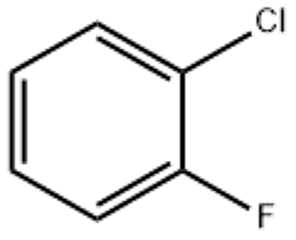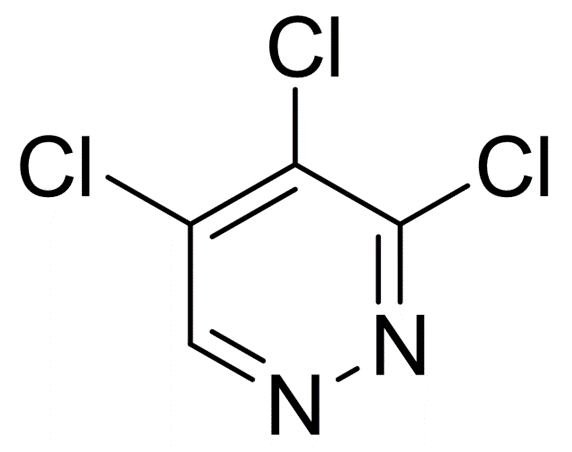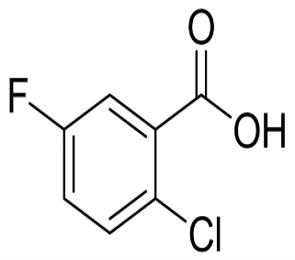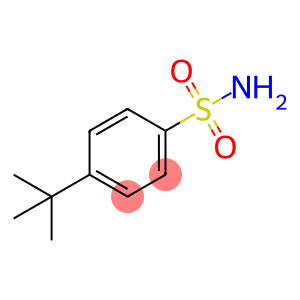3,4-Dichlorobenzyl chloride(CAS#102-47-6)
| Hazard Symbols | C – Corrosive |
| Risk Codes | R34 – Causes burns R36/37 – Irritating to eyes and respiratory system. |
| Safety Description | S26 – In case of contact with eyes, rinse immediately with plenty of water and seek medical advice. S36/37/39 – Wear suitable protective clothing, gloves and eye/face protection. S45 – In case of accident or if you feel unwell, seek medical advice immediately (show the label whenever possible.) |
| UN IDs | UN 3265 8/PG 2 |
| WGK Germany | 3 |
| FLUKA BRAND F CODES | 19 |
| TSCA | Yes |
| HS Code | 29036990 |
| Hazard Note | Corrosive |
| Hazard Class | 8 |
| Packing Group | III |
Introduction
3,4-Dichlorobenzyl chloride is an organic compound. The following is the compound’s properties, uses, preparation methods and safety information:
Quality:
1. Appearance: 3,4-Dichlorobenzyl chloride is a colorless to light yellow liquid.
2. Density: The density of this compound is 1.37 g/cm³.
4. Solubility: 3,4-Dichlorobenzyl chloride is soluble in organic solvents such as ethanol, chloroform and xylene.
Use:
1. Chemical synthesis: 3,4-dichlorobenzyl chloride can be used as an intermediate in organic synthesis and is involved in the production of many important organic compounds.
2. Pesticides: It is also used in the preparation of some pesticides.
Method:
The preparation of 3,4-dichlorobenzyl chloride is mainly carried out by the following steps:
1. Under suitable reaction conditions, phenylmethanol is reacted with ferric chloride.
2. Through appropriate extraction and purification steps, 3,4-dichlorobenzyl chloride is obtained.
Safety Information:
1. 3,4-Dichlorobenzyl chloride is irritating and should be avoided in contact with skin and eyes. Appropriate protective gloves and glasses should be worn during operation.
2. Avoid inhaling vapors or dust from the compound and operate in a well-ventilated environment.
3. 3,4-Dichlorobenzyl chloride is a flammable substance, which should be kept away from fire sources and high temperatures.
4. Waste should be disposed of in accordance with local regulations and should not be discharged into the environment.








